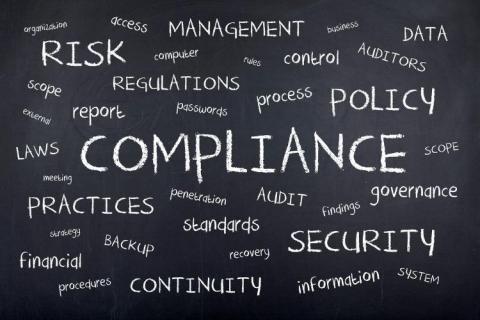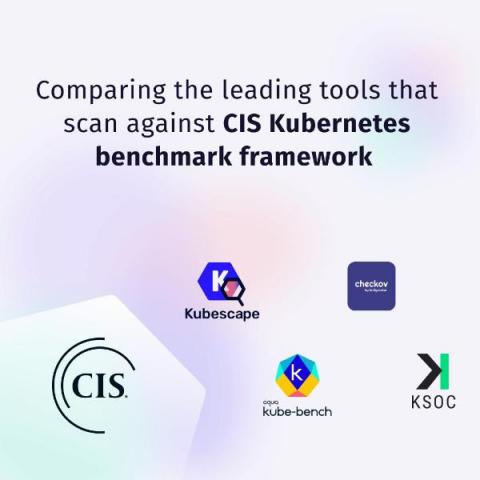Plasma cutting is an incredibly efficient technique for precisely shaping metal, making it a staple in industries ranging from automotive manufacturing to artistic fabrication. The process uses a plasma torch to cut through conductive metals such as steel, aluminum and copper with remarkable accuracy. A key component of modern plasma cutting is the DXF (Drawing Exchange Format) file, which serves as a detailed digital guide for the cutting equipment. In this article, we will look at how DXF files are used in metal plasma cutting, why they are so effective, and the key factors to consider when using DXF files for metal.











